
I’m sitting down, about to start one of my favorite rituals of the day, and perhaps of my life: having breakfast.
Just before digging in with a vengeance, I notice something. I can more or less identify where all of the ingredients on my breakfast plate come from. I bought the homemade tortillas in the grocery store 200 meters from my house, the cheese is from Nandayure and I brought the tomatoes and arugula from Curime.
But I don’t know where they were harvested or who produced the beans and the coffee. Suddenly I feel as if I’m sitting at the table with strangers, and I start thinking that I should replace them with products that I can track.
That’s why I decided to find producers in the community to thank them for their work and to talk with them about what has changed after the outbreak of the pandemic.
Family Farmer
Just as many people have a family doctor that they trust and go to every so often for check-ups, I have my farmer. I visit Miguel Gutierrez once a week to buy vegetables from him, and hopefully thereby minimize doctor visits in the future.
I open the WhatsApp chat to place my usual order. His status says “Loveliest place in all of Varillal” and his profile photo shows a cornfield surrounded by mountains illuminated in the golden light of dawn.
This agrochemical-free farm in Varillal de Curime is lined with turmeric, chia, peppers, green onions, lettuce, mint, spinach, tomatoes, onions and garlic. It’s Miguel’s project and it supports the five members of his family and one collaborator.
I arrive at the house of my “provider,” taking care not to run over any of the chickens that run around free on the property, to make sure they’ll live another day and I’ll have eggs for another week.
Miguel invites me to cross the gravel road that separates his house from the farm to go and pick the products that I plan to buy for him. On the way, we stop at the shed where he keeps all of his organic fertilizers and he offers me a “flash explanation” of what each thing is for.
According to Marisel Duarte, coordinator of training and rural entrepreneurship at the Ministry of Agriculture and Livestock (MAG) office in Nicoya, one way we can be more responsible consumers is through awareness campaigns.
“We tell people, ‘if you interact with the producer, you can tell him or her tomorrow I’ll come to your plot to see the tomatoes and pick them with you,’ and that’s an added value.”
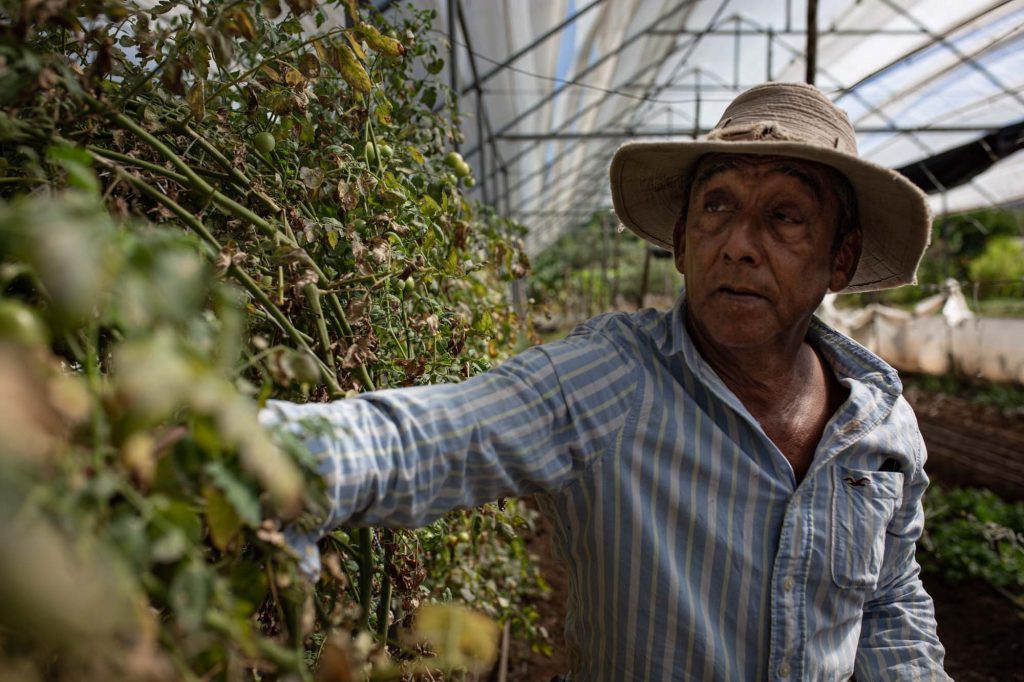
Nicoyan Miguel Gutierrez is one of the farmers who participates in the Samara farmers market that started up in September. “The most important thing is that they’re supporting us [directly] and the money is going to circulate right here in the area,” he comments.Photo: César Arroyo
“The middleman takes 57% of the cost in that chain and the producer barely takes 10%. If you bring these links closer together, then you could guarantee that this producer will have a higher income from his production and as a result, a better quality of life, better food for his family, opportunities to study, etc. “
Back in the house, Miguel confesses that despite the economic blow brought by the pandemic, this health crisis has also had a positive impact on his production. Although he wasn’t prepared, he’s had to work harder to stock up on vegetables and produce.
“People are demanding that I have products available permanently and that it be constant,” he says.
The people he’s referring to are his new clients, who came to him in September when the farmers market got going in Samara, 30 kilometers (19 miles) from where we are. It’s the farthest that Miguel takes his products and those of the Guanacasteca Agro Organic Association, of which he is the president. “That’s the only ecological footprint there is,” he says.
New Coronavirus, New Markets
Through MAG, Marisel Duarte has provided technical advice to the Municipality of Nicoya on how to implement the Japanese movement “One Village, One Product” (OVOP). It’s an approach to economic growth in which each village identifies a local resource that functions like a business card for the town.
One action that the municipality took to put this into practice was opening farmers markets in the districts of Samara and Nosara.
I still remember what Samara looked like at Easter time. The beach was cordoned off. There was a small group of fishermen in the distance, waist deep in water. The streets were empty and all the restaurants were closed.
A few days after visiting Miguel, I speak with some of the people who have been working on ways to reactivate the community after the paralysis that set in with the pandemic.
“It was March 17 when everything went into lockdown. About a month later, people started to get very hysterical because everyone lost their jobs. So I decided to create a Facebook group,” Beatriz Jiron, one of the organizers of the Samara farmers market, tells me by phone.
The members of that group began to sell what they produced or to barter with other producers. But everyone who didn’t have access to social networks were still left out. That’s when the idea of creating a farmers market in Samara came up, to buy as organic as possible directly from local producers and without middlemen.
“Artisans showed up, people who could sell food items and who hadn’t worked in months. The first fair was September 5 and we started with 28 booths, all of whom have kept it up,” says Beatriz.
When she told me that on Saturday, February 20, the Samara park would be set up to move the farmers market there, I didn’t want to miss opening day.
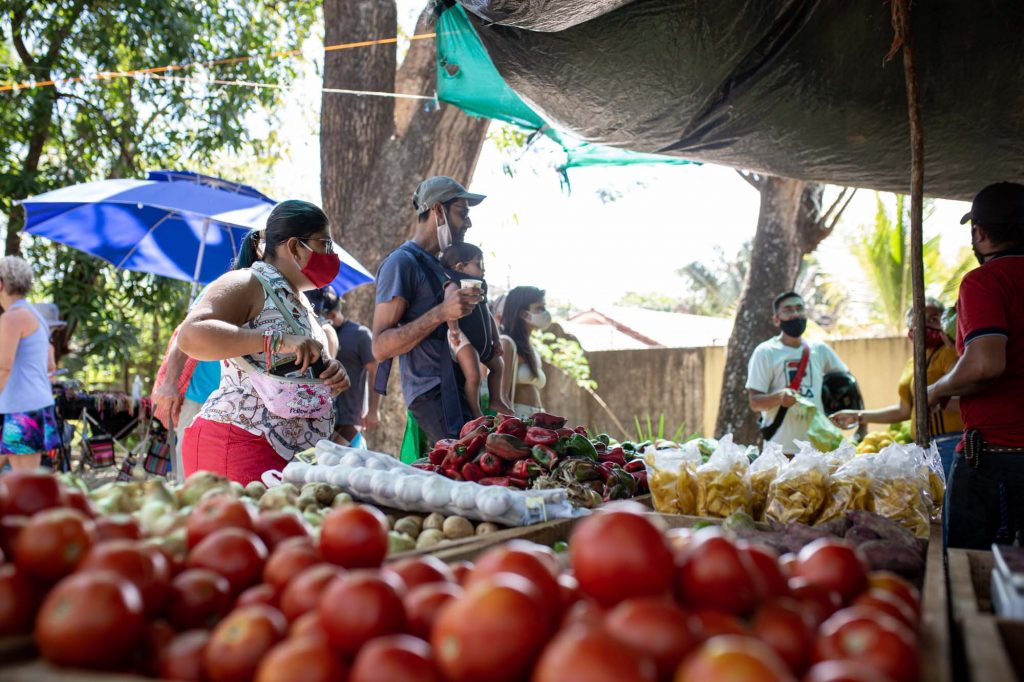
The farmers market held in the Samara park is open every Saturday from 7 a.m. to 1 p.m. You can find food, fruits, vegetables, crafts and other products there.Photo: César Arroyo
I decided to postpone my favorite ritual for a few hours to have breakfast there.
The producers themselves cleaned the space and set up tents for vendors coming from towns that are farther away.
Each trail through the park is lined with booths selling smoothies, pastries, bathing suits, bracelets, fruits and vegetables.
In the shade of a tree, with my second morning coffee in hand, I speak with the second vice mayor of Nicoya, Laura Rivera, who is in charge of farmers markets for the local government.
“Tourists also like this. They want to know more about us— what food is based on, what is produced in our land— and also the fair isn’t just for foreigners. It’s for us. It’s a place where every product is less expensive than a supermarket and doesn’t have as much fertilizer. It’s a way to take care of ourselves, consuming what is ours and reactivating the economy,” remarks Rivera, while we listen to the saxophone in the background that plays music very close to us on a sunny morning with a dry breeze.
Before leaving the market, I look for a family of coffee and bean producers to replace the products of “unknown origin” from my breakfast.
Back at home, I track down the origins of the rest of the ingredients and find out that Urania Campos gets up every day at 2 a.m. in the San Martin neighborhood to make my tortillas. Luis Fernando “Badillon”, a 75-year-old originally from San Ramon, gets up early every day in Nandayure to produce milk and cheese that his own family then brings to the convenience store in my neighborhood. And I hope to continue doing this until I can put a face to as many of the Guanacastecan products that I serve on my table as possible.


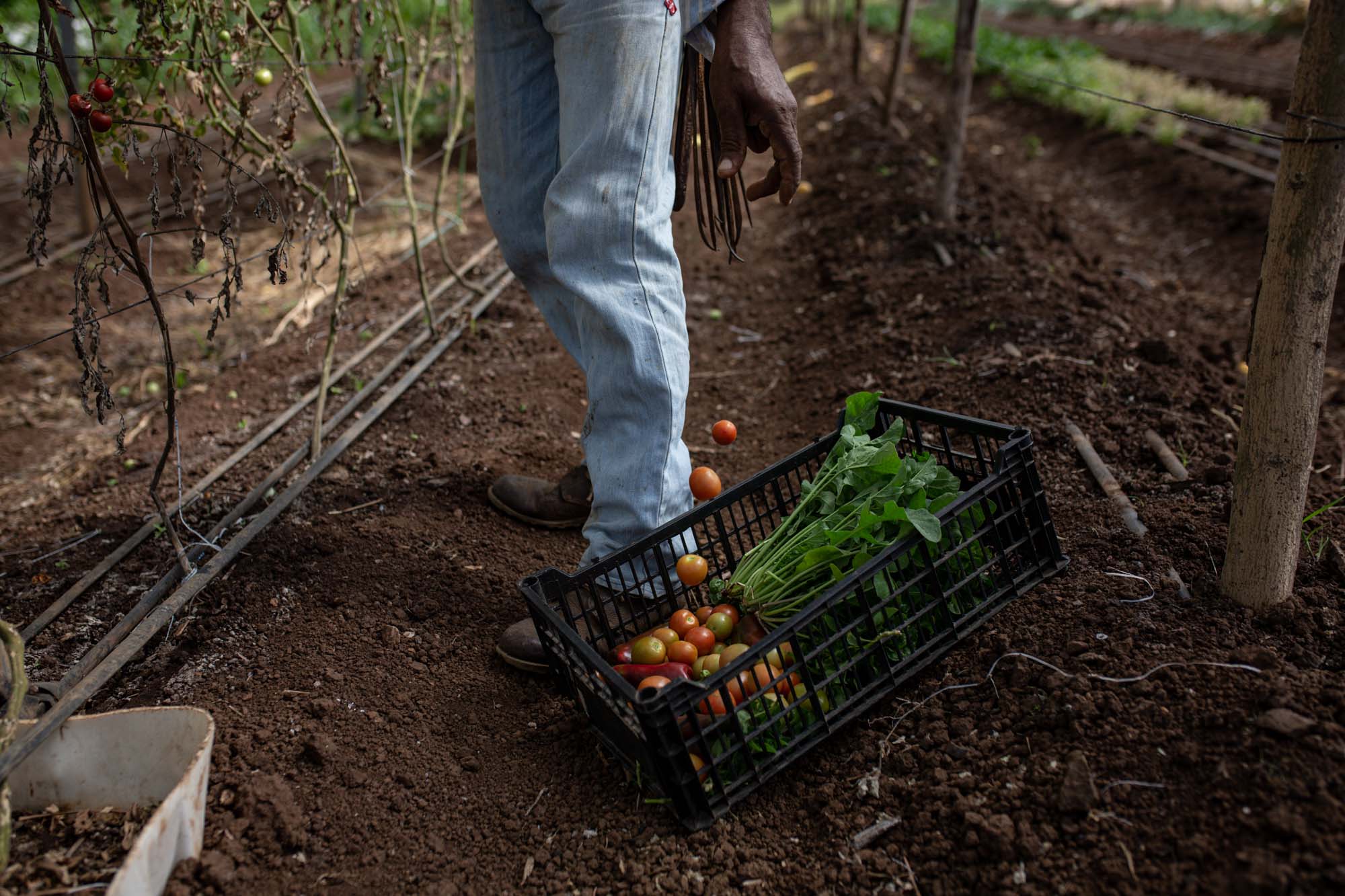
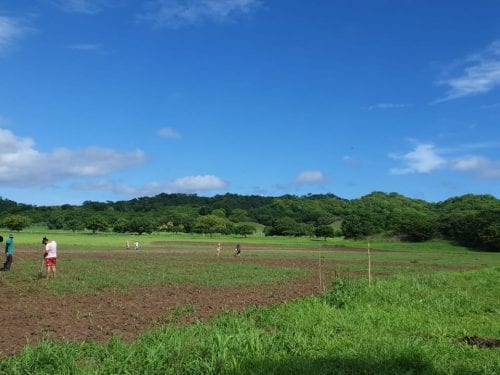
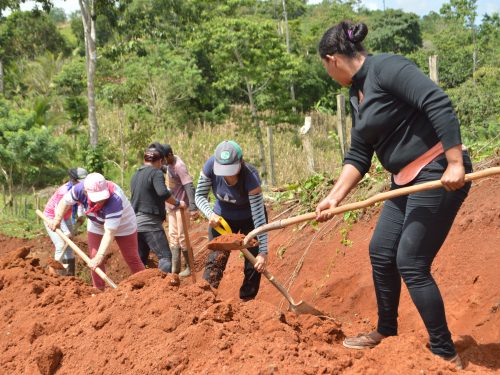
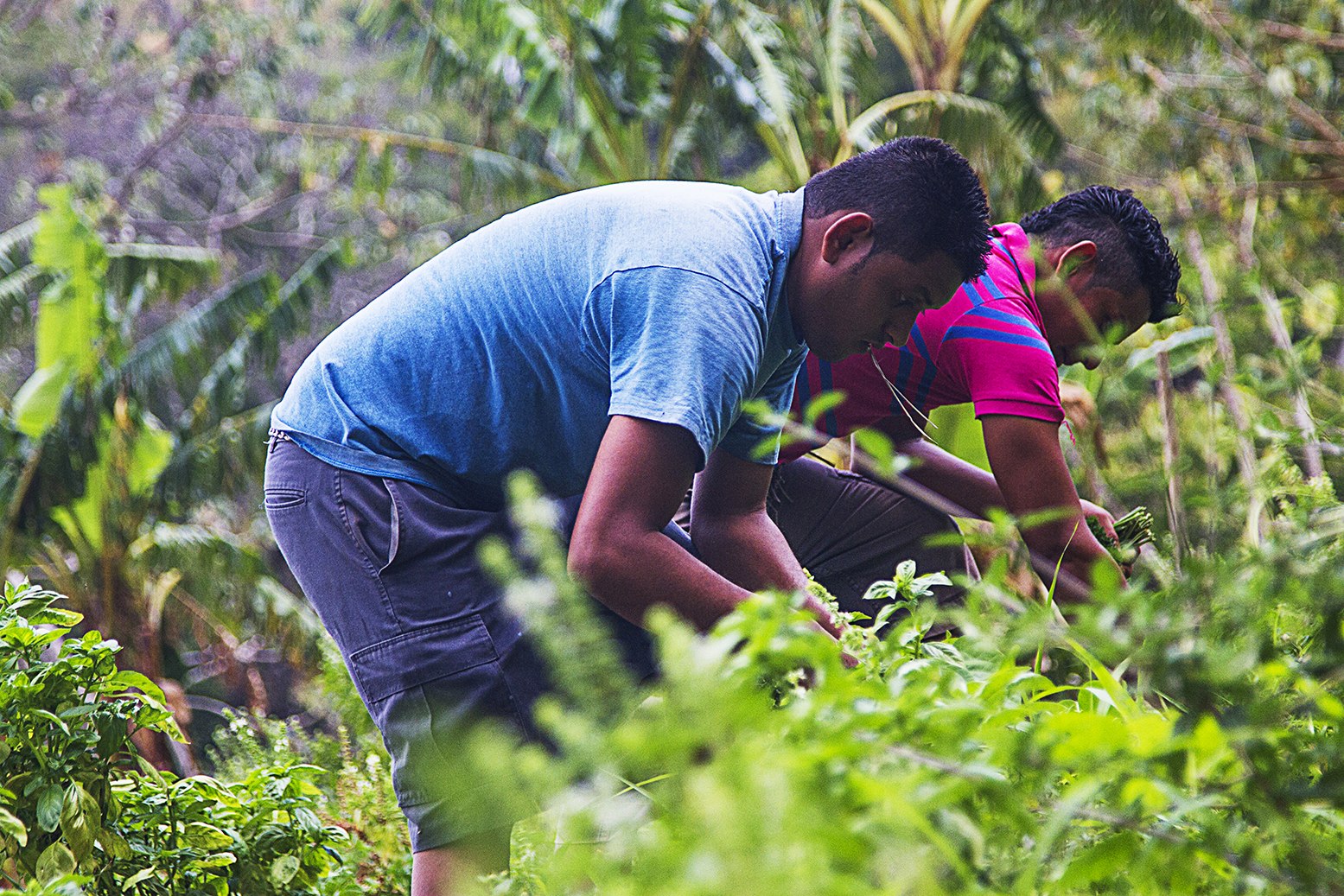

Comments